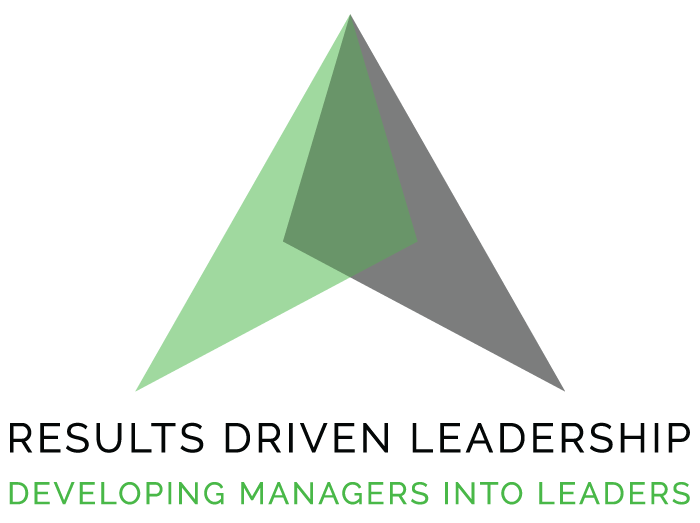RESULTS DRIVEN
Unlock Your Company’s Potential With Organizational Alignment
As a business owner or leader, have you ever felt like different parts of your organization are not working together effectively? Perhaps specific departments seem disconnected from the company’s overall strategy or goals. If so, you’re not alone.
Failing to achieve proper organizational alignment is one of the biggest challenges businesses face today. Without alignment across departments, priorities become fractured, and moving the company forward is difficult.
Business Coaching for Organizational Alignment
That’s where we come in. As professional business coaches specializing in organizational alignment, our mission is to help companies unlock their full potential through better cooperation and a unified strategic direction.
With many years of experience leading organizational change initiatives, we’ve helped dozens of firms like yours gain clarity of purpose and improve performance.
What is Organizational Alignment?
Organizational alignment refers to the degree to which all parts of an organization – from leadership to employee engagement to processes – work together to achieve shared objectives.
When alignment is present:
Without alignment, valuable time and money are wasted due to a lack of coordination or misguided efforts. Productivity suffers as employees aren’t clear on priorities or miss opportunities for collaboration, and the business risks moving in conflicting directions.
How We Achieve Corporate Alignment?
At RDL, we take a strategic, hands-on approach to organizational alignment coaching through the following five-step process:

